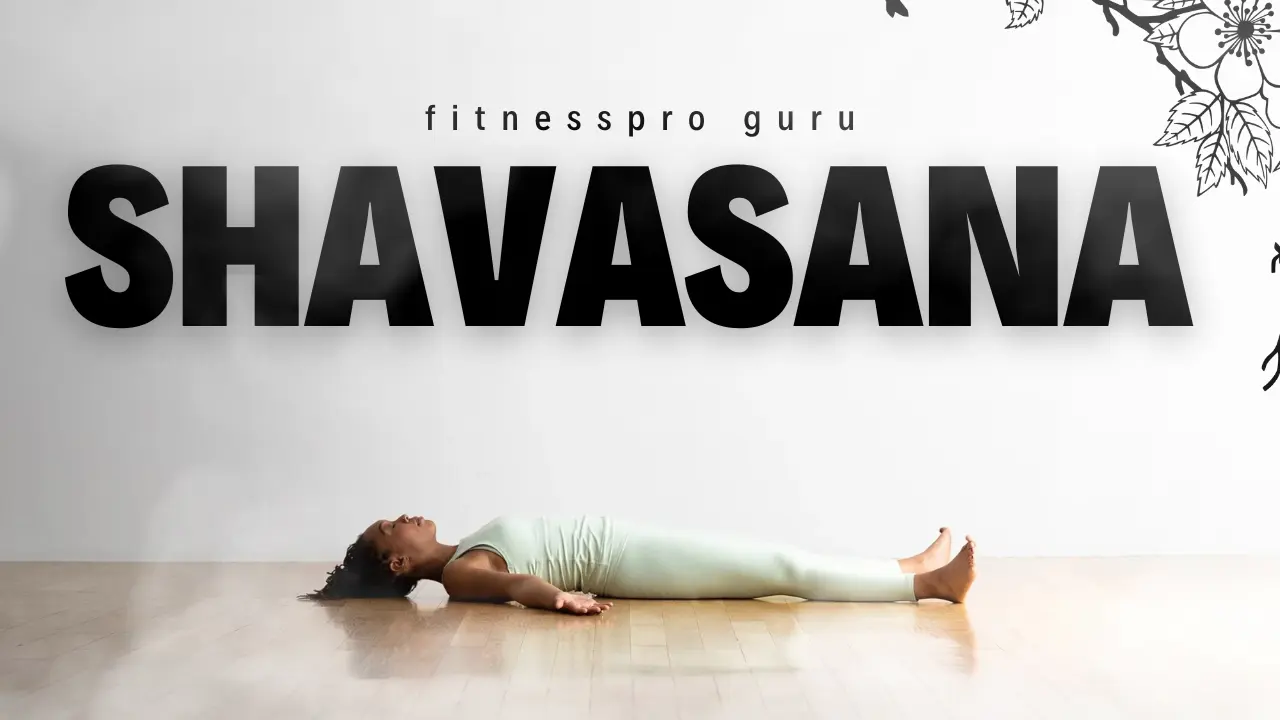“Discover the Awesome Benefits of Vajrasana: Find Stability, Calmness, and Strength in Thunderbolt Pose”
To practice Vajrasana (Thunderbolt Pose/Diamond Pose), please follow these steps:
- Start by kneeling on the floor, keeping your knees close together. Your shins should be resting on the ground, with the tops of your feet flat on the floor. Ensure your big toes are touching each other.
- Gently lower your buttocks onto your heels. You should feel your sitting bones resting on your heels. If you find it challenging to sit down, you can place a cushion or folded blanket between your buttocks and heels for support.
- Keep your spine straight and aligned. Lengthen your spine upward, lifting the crown of your head towards the ceiling. Relax your shoulders and allow them to roll back and down.
- Rest your hands on your thighs, either palms down for a grounded feeling or palms up for a more open and receptive posture. Your hands can be in Chin Mudra, where the tips of your thumb and index finger touch lightly.
- Close your eyes or maintain a soft gaze, whichever feels more comfortable for you. Take a few deep, slow breaths, allowing your body and mind to relax.
- Maintain this posture for a few minutes or as long as you’re comfortable. Focus on your breath or engage in meditation, as desired.
To come out of Vajrasana, gently release the pose by slowly lifting your buttocks off your heels and returning to a kneeling position.
Remember, it’s important to listen to your body and not force yourself into any uncomfortable or painful positions. If you have knee or ankle issues, it’s advisable to use additional support or consult with a yoga instructor or healthcare professional before practising Vajrasana.
Benefits of Vajrasana
Vajrasana, also known as Thunderbolt Pose or Diamond Pose, offers several benefits for the body and mind. Here are some of the key benefits of practising Vajrasana:
- Improved digestion: Vajrasana helps stimulate the digestive system by increasing blood flow to the abdominal area. This can aid in digestion and alleviate digestive issues such as indigestion, bloating, and acidity.
- Stronger pelvic muscles: Regular practice of Vajrasana helps strengthen the pelvic muscles, including the muscles of the pelvic floor. This can contribute to better pelvic health and help prevent or manage conditions such as urinary incontinence.
- Enhanced posture: Sitting in Vajrasana promotes proper alignment of the spine, improving posture and reducing the risk of back and neck pain. It helps in developing a straight and erect posture both during yoga practice and daily activities.
- Increased blood circulation: The posture of Vajrasana allows for better blood circulation to the lower body, including the legs and feet. This can be beneficial for overall circulation and can help alleviate issues like swelling in the legs.
- Calming effect on the mind: Vajrasana has a grounding and calming effect on the mind. It can help reduce anxiety, stress, and restlessness, promoting a sense of peace and tranquillity.
- Improved focus and concentration: The stability and stillness of Vajrasana help calm the mind and improve concentration. It can be a beneficial pose for meditation and other activities that require mental focus.
- Relieves knee and ankle discomfort: Vajrasana helps stretch and relax the muscles around the knees and ankles. It can provide relief from joint pain or stiffness in these areas.
- Balances energy flow: According to yogic philosophy, Vajrasana helps balance the flow of energy in the body, particularly in the lower chakras. It is believed to promote stability, grounding, and a sense of rootedness.
Remember to listen to your body and practice Vajrasana with comfort and ease. If you have any pre-existing medical conditions or concerns, it is advisable to consult with a qualified yoga instructor or healthcare professional before practising Vajrasana or any other yoga pose.
Precautions
While Vajrasana (Thunderbolt Pose/Diamond Pose) is generally considered safe for most people, there are a few precautions to keep in mind to ensure a comfortable and safe practice. Here are some precautions to consider when practising Vajrasana:
- Knee or ankle issues: If you have any knee or ankle injuries, pain, or discomfort, it is important to exercise caution. You can modify the pose by using additional support, such as placing a folded blanket or cushion between your buttocks and heels, or by practising a gentler variation of the pose.
- Pregnancy: Pregnant women should approach Vajrasana with caution, especially as the pregnancy progresses. It is advisable to consult with a healthcare professional or a qualified prenatal yoga instructor to determine if Vajrasana is suitable and to make any necessary modifications.
- Digestive conditions: If you have severe digestive conditions like inflammatory bowel disease, hernia, or gastric ulcers, practising Vajrasana may not be recommended. It is best to consult with a healthcare professional to ensure it is safe for you.
- Discomfort or pain: If you experience any discomfort, pain, or numbness during Vajrasana, it is important to listen to your body and modify or release the pose as needed. Yoga should never cause sharp or intense pain.
- Gradual progression: If you are new to Vajrasana or have tight muscles, it’s essential to progress gradually. Avoid forcing yourself into the pose or sitting for extended periods if it feels uncomfortable. Start with shorter durations and gradually increase the time as your body adjusts.
- Personal limitations: Each person’s body is unique, and what works for one individual may not work for another. Respect your body’s limitations and do not push yourself beyond your comfort zone.
- Consultation: If you have any concerns or specific medical conditions, it is always a good idea to consult with a healthcare professional or a qualified yoga instructor before practising Vajrasana or any other yoga pose.
Remember to approach your yoga practice with mindfulness and respect for your body. If you experience any persistent pain or discomfort, it is advisable to seek guidance from a healthcare professional or a qualified yoga instructor.








